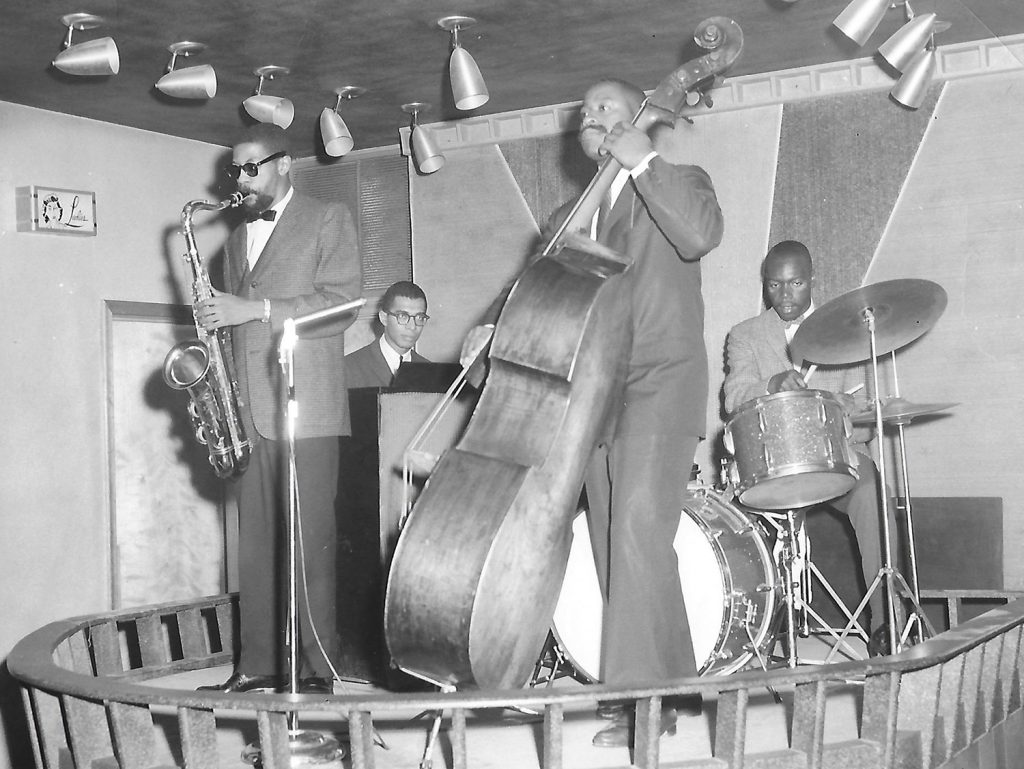
By Simone Goldstone | Soundcheck Columnist
The documentary “The Best of the Best: Jazz From Detroit” certainly lives up to its title as it celebrates Detroit’s jazz musicians.
What was once a thriving city that produced world-class musicians now often is overlooked. It’s past, along with a once vibrant mecca of factories and cars, often forgotten. That’s why this documentary is so important: so many corners and pockets of America helped shape our music and culture.
Through interviews, footage and rare photos, “The Best of the Best” transports you to an eclectic and electric Detroit, fraught with the most technically excellent jazz musicians who made Motown possible. There would be no Miles David or John Coltrane without the jazz musicians of Detroit.
Industrialism, architecture, factories. These are the things you contemplate when you think of Detroit. But one of their best, lesser-known exports is jazz. Not built on an assembly line but nurtured and manufactured by the slick streets of the city, the resilience of working America, an industrial mecca of black musical excellence from the northern city.
“The Best of the Best” is a remarkable documentary that shines a spotlight on a corner of America that is often under looked for its contribution to jazz.
Chicago and New Orleans are the usual towns, but true musicians know that jazz excellence started in Detroit. Through moving stories, photographs, and interviews, “the Best of the Best” submerges the viewer in the streets of old Detroit, where music drifts from the streets and car windows, radios, and turntables through this city on the lake. Detroit jazz is more anguished; it’s expressive without words. The Detroit sound carries the feelings of factories, of ghettos, of the church. It’s soulful, inspiring, and patient, like the city itself.
Detroit made cars, and it also made jazz musicians. Everyone in Detroit had to work for it—they didn’t get by on their good looks. They got by on practice and hard work, creating the highest excellence of jazz music—musicians like Elvin Jones, a member of John Coltrane’s quartet, and Ron Carter.
The vibe of Detroit is blue collar. Everybody was working, which allowed people to educate their children, and in turn allowed musicians to flourish.
Grinnell Pianos, manufactured in Ann Arbor, were commonplace in the city. Having one in your home was a status symbol. Every block had a bar, and every bar had a piano in it. Perhaps the musical “Hairspray” should have taken place in Detroit and not Baltimore, as music seems to be in every corner of this city.
Blues singers who were troubadours from the south came north, and the dynamic city flourished.
This motor city made Motown possible through jazz. Detroit lit the flame for American music, yet is so underappreciated. Like all of life, those who work hard often work quietly, and this midwestern city labored to create the most influential jazz artists who were able to let the genre shine.
Modest, excellent, and technically superior, Detroit Jazz musicians shaped music history and “The Best of the Best: Jazz From Detroit” brings it all to light.
“The Best of the Best” screens on October 20. For a complete lineup and tickets, visit www.NewportBeachFilmFest.com.
